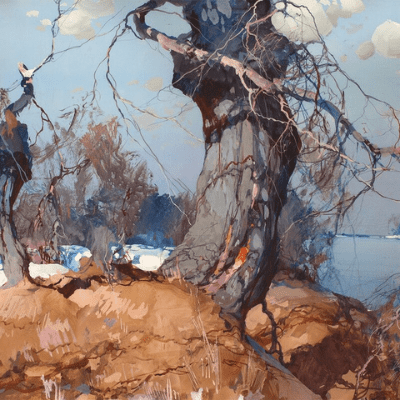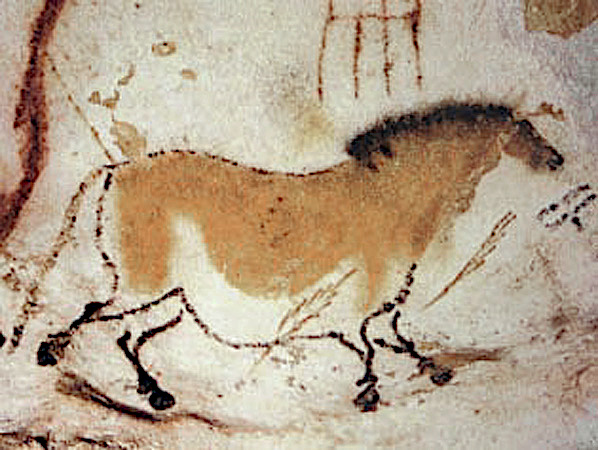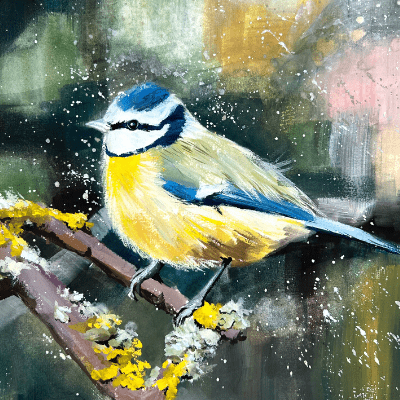What is gouache made of?
Gouache is a type of paint that artists have used for centuries. It’s known for its opaque, vibrant colors and versatility in various mediums. But what exactly is gouache made of? In this blog, we’ll explore the composition of gouache and why it’s such a popular choice among artists. We’ll delve into the elements that make up this unique paint, from pigments to binding agents and water. This article will give you a deeper grasp of the gouache ingredients.
Table of Contents
- Pigments in gouache paint
- Binding agents in gouache paint
- Additives in gouache paint
- Water
- Conclusion
Pigments in gouache paint
Pigments are the heart of any paint, including gouache, and they give gouache its rich, vibrant colors. The pigments used in gouache can be synthetic or natural and vary in hue, saturation, and lightfastness. Natural pigments, such as earth and mineral pigments, are typically more lightfast and stable than synthetic pigments. However, synthetic pigments are more readily available and offer a wider range of colors.
The label lets you see which pigments are inside a tube. Gouache pigments can come in either a single-pigment form or a mix of several pigments. Single-pigment tubes are ideal for artists who want pure colors, while mixed pigments can offer unique and complex hues. But mixed pigment hues have a downside; when mixing them, you can get unexpected colors!
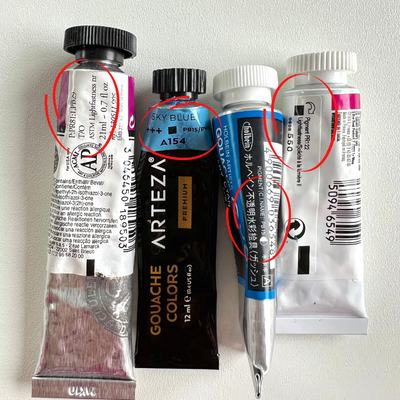
Mixing colors with pigments
Say you’re mixing a purple, and grab any blue and pink for this.
- If you use Primary Blue (mono-pigment PB15) and Magenta (mono-pigment PR122) you’ll get a vibrant purple that you can make again with other brands if you stick to the same pigments.
- If you use Sky Blue (pigments PB15 + PW6, you already have white in your mix) and Red Violet (pigments PR81:1 + PB29), you’re not sure what color you’ll get. Plus, you won’t be able to reproduce this mix if you change the brand of your gouache paint.
One of the key characteristics of gouache is its high level of pigmentation. The ratio of pigments in gouache paint is much higher than in other water-based paints like watercolor. It means you don’t need to use as much paint to achieve a vibrant color. This makes gouache a cost-effective option for artists who want to create bold and impactful works. Some cheap brands like Himi will have fewer pigments in their mix, lowering the price, but the painting experience is also lower!
When selecting pigments for gouache, it’s essential to consider the lightfastness of the pigments. Lightfastness refers to a pigment’s ability to retain its color over time when exposed to light. Natural pigments are usually more lightfast than synthetic, but it’s still essential to check the lightfast rating of each pigment before use.
Binding agents in gouache paint
Binding agents are the substances that hold the pigments and water together in gouache paint. The binding agents used in gouache can be either synthetic or natural and can vary in consistency and durability. Artificial binding agents are more common in commercial gouache paints and offer better stability and longer shelf life. Natural binding agents, such as gum arabic, are favored by traditional and fine artists for their water-solubility and delicate texture.
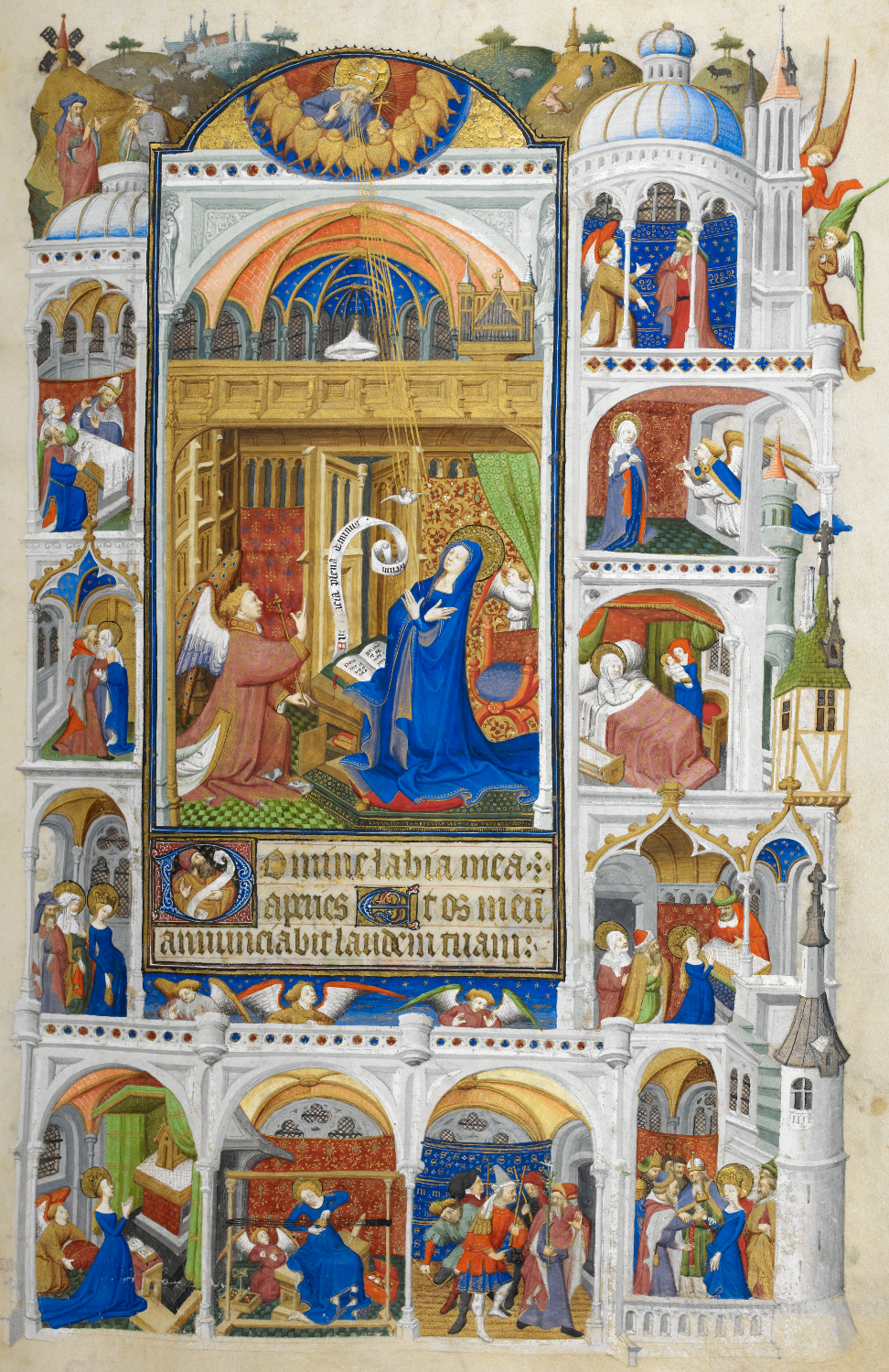
Par Maître de Bedford — Add MS 18850, Domaine public, https://commons.wikimedia.org/w/index.php?curid=23031061
Two commonly used binding agents in gouache
Arabic gum is a natural binding agent derived from the sap of Acacia trees. Traditional and fine artists favor it for its water-solubility and delicate texture. Arabic gum gives gouache a smooth and creamy consistency, making it easy to apply and blend. It is also considered more environmentally friendly and less likely to cause skin irritation than synthetic binding agents.
Yellow dextrin is a synthetic binding agent commonly used in commercial gouache paints. It gives gouache a slightly thicker consistency than Arabic gum, making it more opaque and suitable for use in areas that require more coverage.
The binding agents used in gouache can significantly impact the paint’s handling and performance. Unfortunately, you don’t have this information on the tubes! A strong binding agent will produce a thicker, more opaque paint, while a weaker binding agent will produce more transparent and fluid paint. This is why different brands have different painting experiences, and when you find a brand you love, it’s great to stick to it!
Additives in gouache paint
In addition to pigments and binding agents, gouache may contain other additives such as propylene glycol, chalk, and honey.
Propylene glycol, an ingredient in gouache that improves the paint’s adhesive and hygroscopic qualities and flexibility after drying, is used to make it easier for painters to work with. You can buy it and add one part of propylene glycol to your well of gouache in your airtight palette, keeping it fresh for a long time.
Chalk is another common additive in gouache, often added to increase the opacity of the paint and provide a “body” to the paint as a filler. The white chalk particles can make your paint look dull and chalky. It’s a practice used by cheap brands. Artist-quality grade paints don’t use fillers.

Honey is sometimes added to gouache for its disinfectant properties, helping to keep the paint from drying out too quickly and becoming difficult to work with. It also has a small effect on the consistency of the paint, making it smoother and easier to blend. But it will increase the risk of molding if you store your paint in an airtight palette.
Even with binder and additives, gouache is still non-toxic and safe for your health and the environment.
Water
Water is essential in gouache paint, used to thin the paint to the desired consistency and activate the binding agents and pigments. The amount of water added to the gouache can significantly affect the final appearance of the painting, as well as the ease of application.
Too little water will result in a thicker, heavier paint that is more difficult to work with and may dry too quickly. More water will result in a thinner, more transparent paint that may not cover as well or become too fluid and difficult to control.
Some brands are thicker than others, and inside a brand, some colors are thicker than others. So you’ll always have to adjust the amount of added water to the paint.
Conclusion
In conclusion, gouache is a water-based paint made of pigments, binding agents, water, and other additives. The pigments used in gouache can be one color or a mix of several, and the paint is highly pigmented, meaning a small amount goes a long way. Gum arabic and yellow dextrin are the two main binders in gouache, but other ingredients like propylene glycol, chalk, and honey can also be added to enhance the paint’s characteristics. Water is used to thin the paint and activate the pigments and binding agents.

